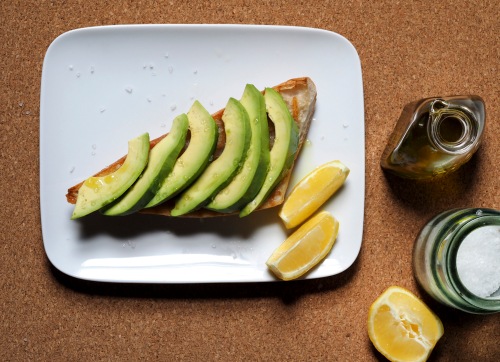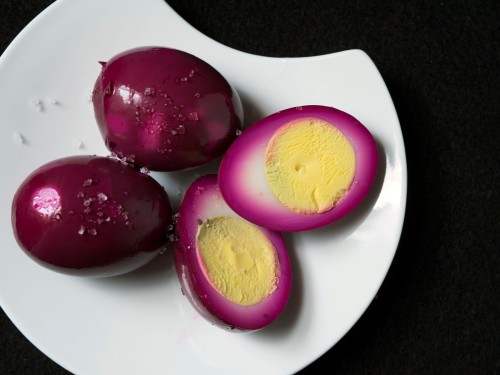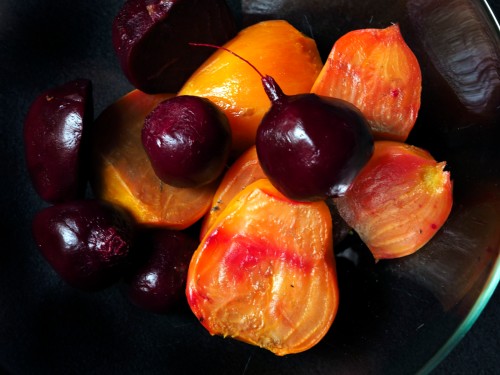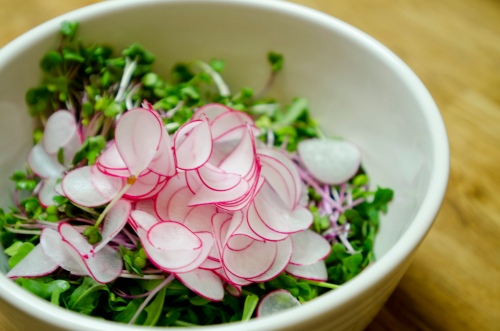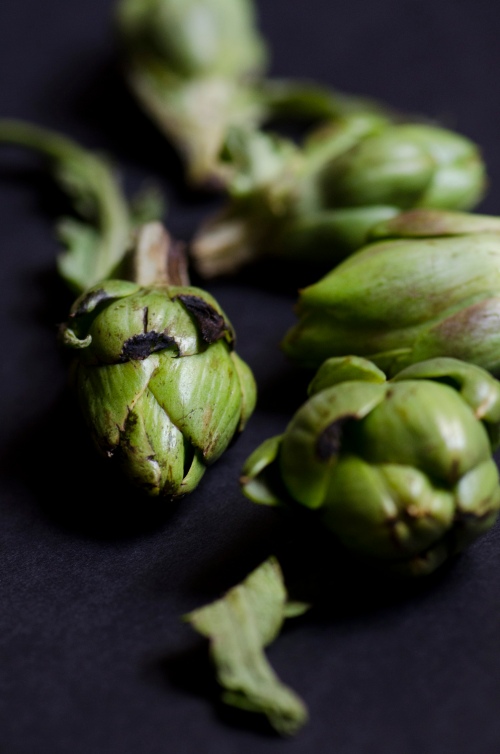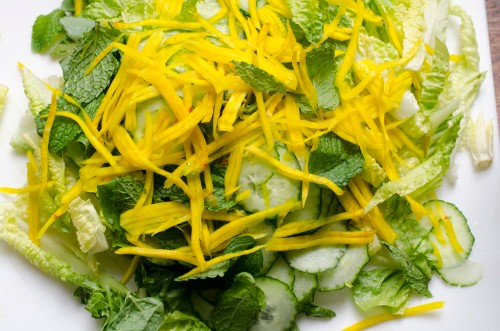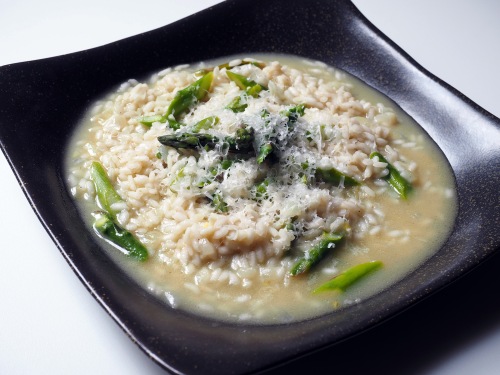
It’s that time of year — asparagus is filling the green markets and being plucked from home gardens. There is nothing as delicious to see than those bright green heads peeking up through the softening earth. When I was a little one – there I go again talking about when I was —- my mom and aunt would take me in hand as they scouted the edges of irrigation ditches looking for the first spring crop. I have absolutely no idea why asparagus grew along the ditches but if any of you readers do please tell me. We would have asparagus every night until it got too warm and the asparagus disappeared. It would also be canned and pickled.
When I use it in risotto, I like to add the trimmings to the stock to deepen the asparagus flavor. And, if you don’t have stock or broth on hand, just add the trimmings to water and that will give you a flavorful stock. If you have any on hand, a small dice of fennel also works to add some complexity to the final dish.
Serves 4
Approximately 4 cups hot chicken stock or low-sodium chicken
broth
3 tablespoons unsalted butter
¼ cup finely diced onion
Salt
1 cup Arborio rice
½ cup dry white wine
1 pound fresh asparagus, trimmed and cut, on the diagonal, into
thin pieces
1 tablespoon extra virgin olive oil
1 cup grated Parmesan cheese
Pepper
Place the chicken stock or broth in a large saucepan over medium heat. If you have them, add the trimmings from the asparagus to the stock to add flavor. Bring to a simmer; then, remove from the heat and keep warm.
Place the butter in a heavy bottom saucepan over medium heat. When melted, add the onion and season with salt. Cook, stirring frequently, for about 3 minutes or just until the onion begins to soften. Lower the heat, add the rice and cook, stirring, for about 5 minutes or until the rice is shiny and has absorbed some of the butter.
Return the stock to low heat.
Add the wine to the rice and cook, stirring constantly, for about 5 minutes or until the rice has absorbed the wine.
Begin adding the hot stock, about ¼ cup at a time, and continue to cook, stirring constantly, as each ¼ cup is absorbed and the rice is creamy but, al dente.
Stir in the asparagus and olive oil and cook for an additional 4 minutes or until the asparagus is still crisp-tender.
Remove from the heat and stir in half of the cheese. Cover and let stand for 3 minutes.
Uncover and pour into individual serving bowls. Garnish with the remaining ½ cup of cheese and a sprinkle of pepper.
Serve immediately.
